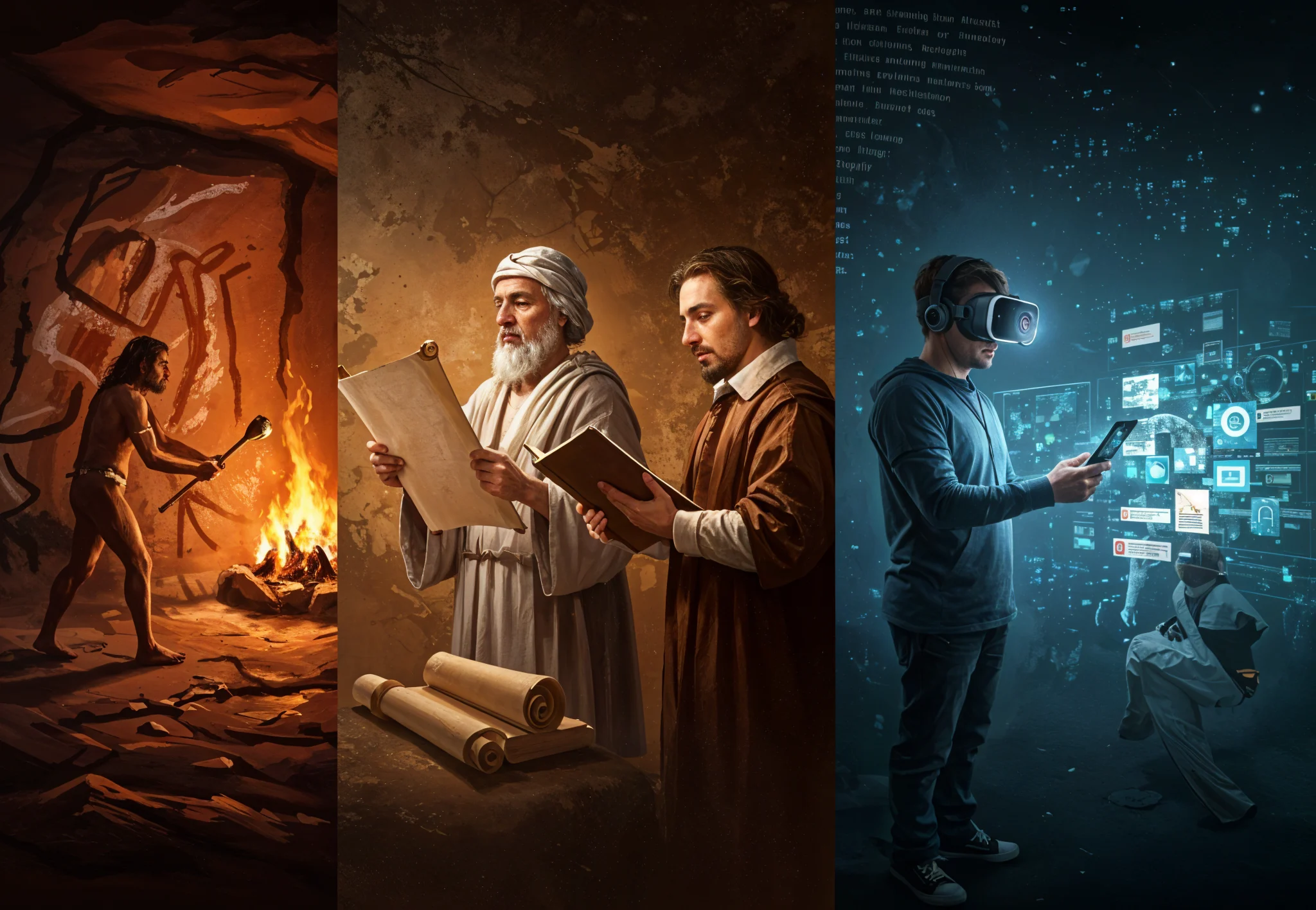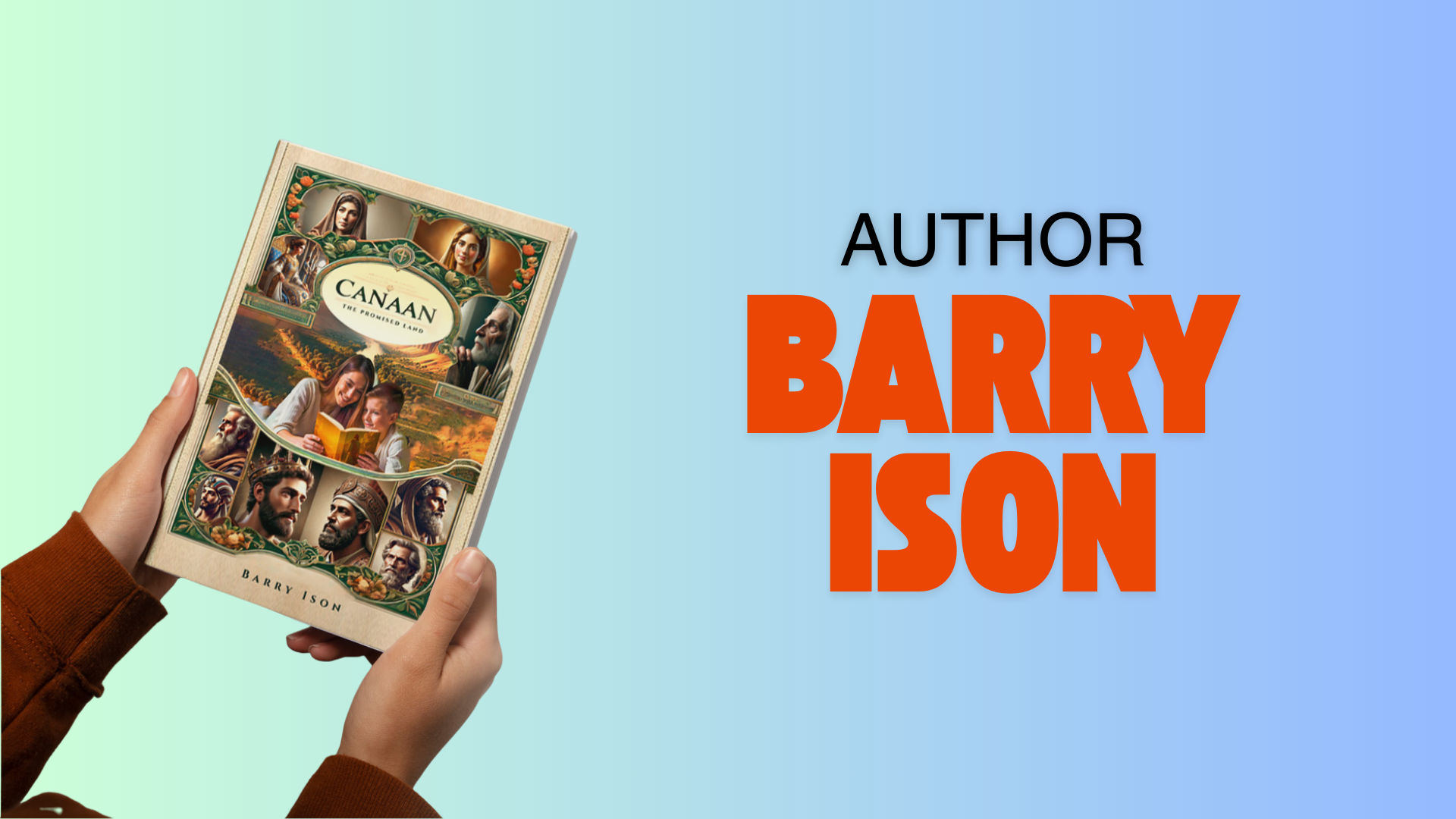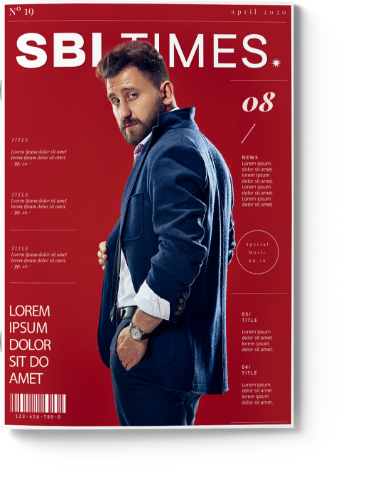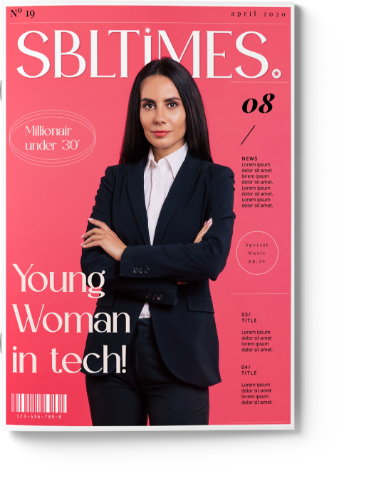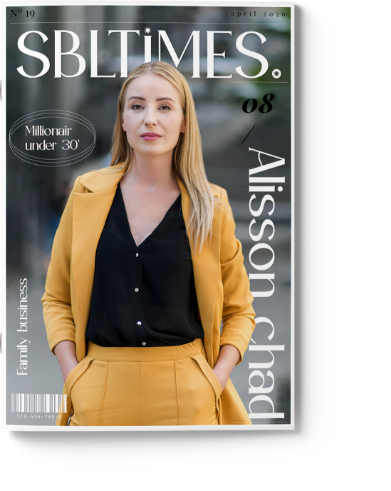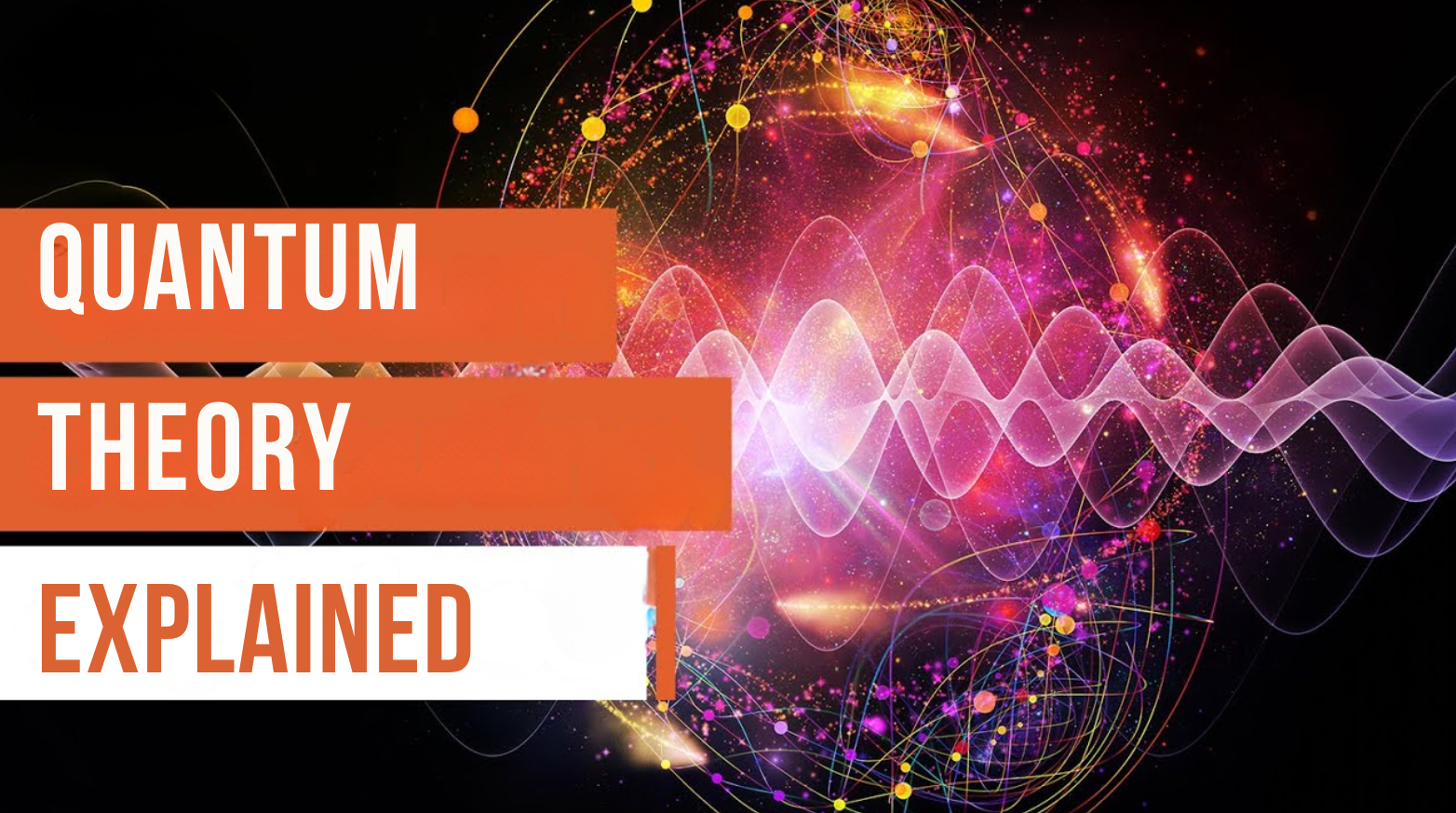Introduction
Storytelling is one of the oldest forms of communication known to humanity. From the flickering shadows of cave paintings to the endless scroll of digital feeds, the way we tell stories has evolved dramatically, but its purpose remains the same: to connect, to inform, and to inspire.
This article traces the rich journey of storytelling from prehistoric art to 21st-century clickbait headlines—showing how each era reshapes narrative for its time.
Cave Paintings: The Birth of the Narrative
The earliest stories weren’t spoken or written—they were drawn. Over 30,000 years ago, early humans in places like Lascaux, France, painted vivid scenes of hunting and rituals on cave walls. These were more than artistic expressions; they were shared memories, cultural records, and perhaps the world’s first mythologies. Without written language, visual storytelling was the only way to capture knowledge and pass it on to future generations.
Oral Tradition: Spoken Stories Across Generations
As language developed, so did the art of spoken storytelling. Tribes, clans, and early societies relied on oral traditions to teach lessons, preserve history, and entertain. Epic poems like Homer’s Iliad and Odyssey were passed down for centuries before ever being written. In many Indigenous cultures, storytelling remains a sacred ritual, often tied to the identity and values of the community.
Oral stories were living, breathing things shaped by the storyteller, enriched by audience reaction, and constantly evolving.
The Written Word: Literature Takes Shape
With the invention of writing systems such as cuneiform in Mesopotamia and hieroglyphics in Egypt, storytelling took on a new permanence. Ancient texts like The Epic of Gilgamesh, The Book of the Dead, and later, religious scriptures like The Bible and The Quran, established storytelling as a means of immortalizing human thought.
The invention of the printing press in the 15th century by Gutenberg revolutionized storytelling. Stories were no longer confined to the elite books became accessible, ideas spread rapidly, and literacy began to democratize narrative power.
Stage and Screen: Performing the Story
As civilizations advanced, so did their appetite for immersive storytelling. The Greeks introduced drama and theater, Shakespeare transformed stagecraft, and the 20th century brought about cinema. Film offered a sensory experience combining visuals, sound, and emotion. Classics like Casablanca and Citizen Kane demonstrated how stories could transcend the page and become deeply cinematic, emotional journeys.
Television followed, bringing serialized storytelling into living rooms, laying the foundation for binge-worthy content we consume today.
The Digital Age: Clicks, Scrolls, and Viral Tales
Enter the Internet and everything changed. Blogs, social media, podcasts, and YouTube enabled anyone to become a storyteller. Content became instant, global, and interactive. But the digital age also brought a new narrative form: clickbait. Headlines like “You Won’t Believe What Happened Next” tap into the same age-old technique of curiosity, albeit in a modern, often manipulative format.
While some lament the decline of literary depth, others see it as evolution—an adaptation to new mediums and shortened attention spans.
The Role of AI and Interactive Storytelling
Now, we’re entering a new chapter—one where AI, AR/VR, and interactive media are transforming passive audiences into active participants. Video games, immersive journalism, and AI-generated narratives personalize storytelling like never before.
The boundary between creator and consumer is fading. Readers become characters, players influence plots, and algorithms tailor stories to individual tastes.
Conclusion: The Core Remains the Same
From the handprints on ancient walls to TikTok trends, storytelling has morphed through mediums, styles, and technologies. Yet, the core remains unchanged: we tell stories to understand ourselves, share experiences, and bridge the gaps between people and time.
No matter the format be it papyrus or pixels—stories will always be humanity’s most powerful tool for connection.


